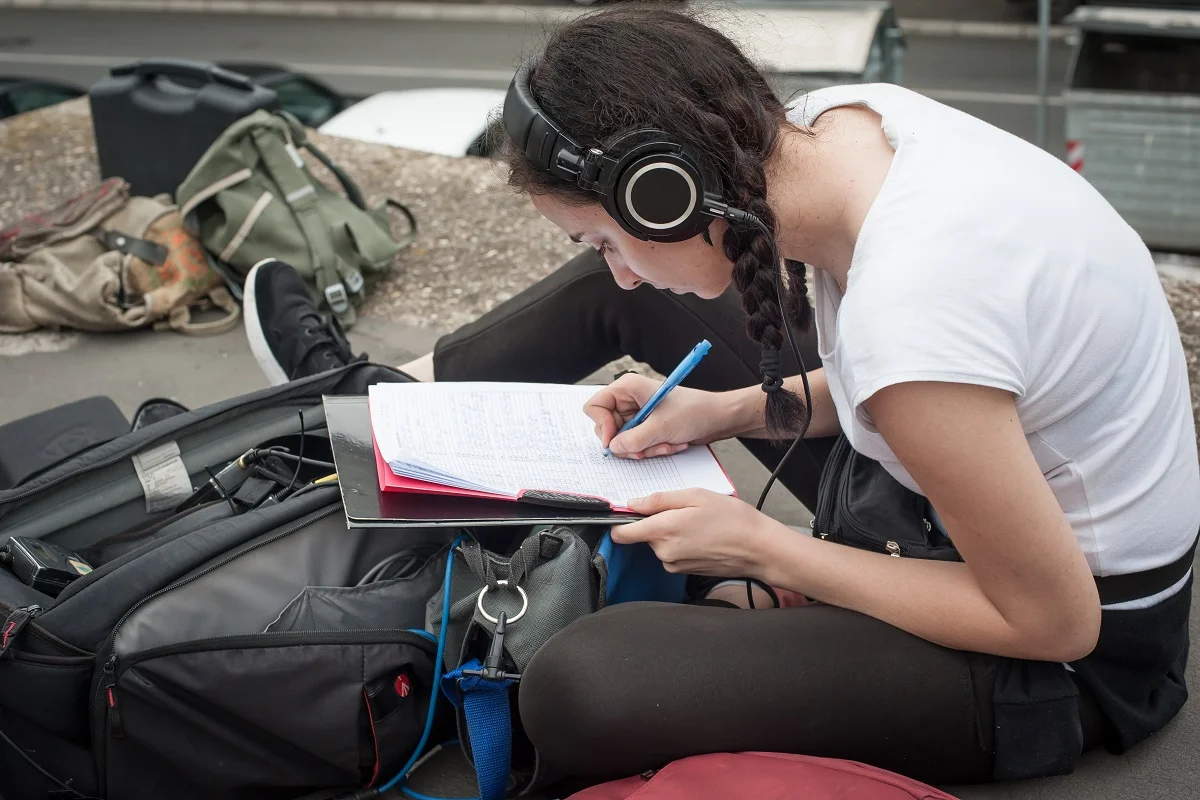Unlock Global Appeal: Game Localization for Maximum Success
In today’s interconnected world, video games have become a global phenomenon. With millions of players spanning different countries and cultures, game developers are constantly striving to create experiences that appeal to a diverse audience. This is where game localization comes into play. By adapting a game to suit the linguistic and cultural preferences of different regions, developers can maximize its global appeal and reach. In this article, we will delve into the world of game localization, exploring its importance, process, and best practices.
Why is Game Localization Important?
Game localization is crucial for capturing the attention of players from different parts of the world. It goes beyond mere translation, as it involves adapting various elements of a game to suit the target market’s language, cultural references, and preferences. By localizing a game, developers can create a more immersive and relatable experience for players, increasing their engagement and enjoyment.
Furthermore, game localization is a key factor in expanding a game’s reach and revenue potential. By making a game accessible to players globally, developers can tap into new markets and increase their chances of success. In a highly competitive industry, catering to a diverse audience through localization can give a game a significant edge over its competitors.
The Game Localization Process
Game localization is a complex process that requires careful planning and execution. Here are the key steps involved:
- Market Research: Before starting the localization process, developers need to conduct thorough market research to identify the target audience’s preferences, cultural nuances, and language requirements. This information will guide the localization efforts and ensure that the game resonates with the intended audience.
- Translation: The translation phase involves converting the game’s text, dialogue, and interface elements into the target language. It is crucial to work with professional translators who are not only fluent in the target language but also have a deep understanding of gaming terminology and culture.
- Cultural Adaptation: In addition to translating the game’s content, cultural adaptation involves making adjustments to align with the target culture’s norms, values, and references. This includes modifying character names, changing visuals, and adjusting gameplay elements to enhance the game’s appeal to the target audience.
- Audio Localization: Voice-overs and sound effects play a significant role in enhancing the gaming experience. In this phase, developers work with voice actors and sound engineers to record and integrate localized audio elements into the game. This ensures that players feel fully immersed in the game world.
- Quality Assurance: Thorough testing is crucial to ensure that the localized version of the game is free from linguistic and technical errors. Quality assurance teams meticulously review the game to identify any issues and make necessary adjustments to deliver a seamless experience to players.
Best Practices for Game Localization
To achieve the best results in game localization, developers should keep the following best practices in mind:
- Plan Ahead: Localization should be considered right from the initial stages of game development. By designing the game with localization in mind, developers can save time and resources in the long run.
- Collaborate with Localization Experts: Working with professional localization experts who have experience in the gaming industry can greatly enhance the quality and effectiveness of the localization process. They can provide valuable insights and ensure that the game resonates with the target audience.
- Maintain Consistency: Consistency is key in game localization. Developers should strive to maintain a consistent tone, style, and terminology throughout the localized version of the game. This helps create a seamless experience for players and avoids confusion.
- Test Extensively: Rigorous testing is essential to identify and resolve any issues in the localized version of the game. Developers should invest in thorough testing to ensure that the game functions flawlessly and provides an enjoyable experience to players.
Game localization is a vital aspect of global game development. By adapting a game to suit the linguistic and cultural preferences of different regions, developers can unlock its full potential and maximize its global appeal. By following best practices and collaborating with localization experts, developers can ensure that their games resonate with players from around the world, leading to increased engagement, revenue, and success in the highly competitive gaming industry.
Key Takeaways
- Game localization is crucial for capturing the attention of players from different parts of the world and expanding a game’s reach and revenue potential.
- The game localization process involves market research, translation, cultural adaptation, audio localization, and quality assurance.
- Best practices for game localization include planning ahead, collaborating with localization experts, maintaining consistency, and conducting extensive testing.
- By following these best practices, developers can create a seamless and immersive gaming experience for players worldwide.
To further enhance your understanding of the business side of the entertainment industry, consider taking the “NYU Business of Entertainment” online course and certificate program offered by Yellowbrick. This program will provide you with valuable insights and skills to navigate the dynamic world of entertainment and take your career to new heights. Explore the opportunities available and unlock your potential in the exciting realm of global game localization.








